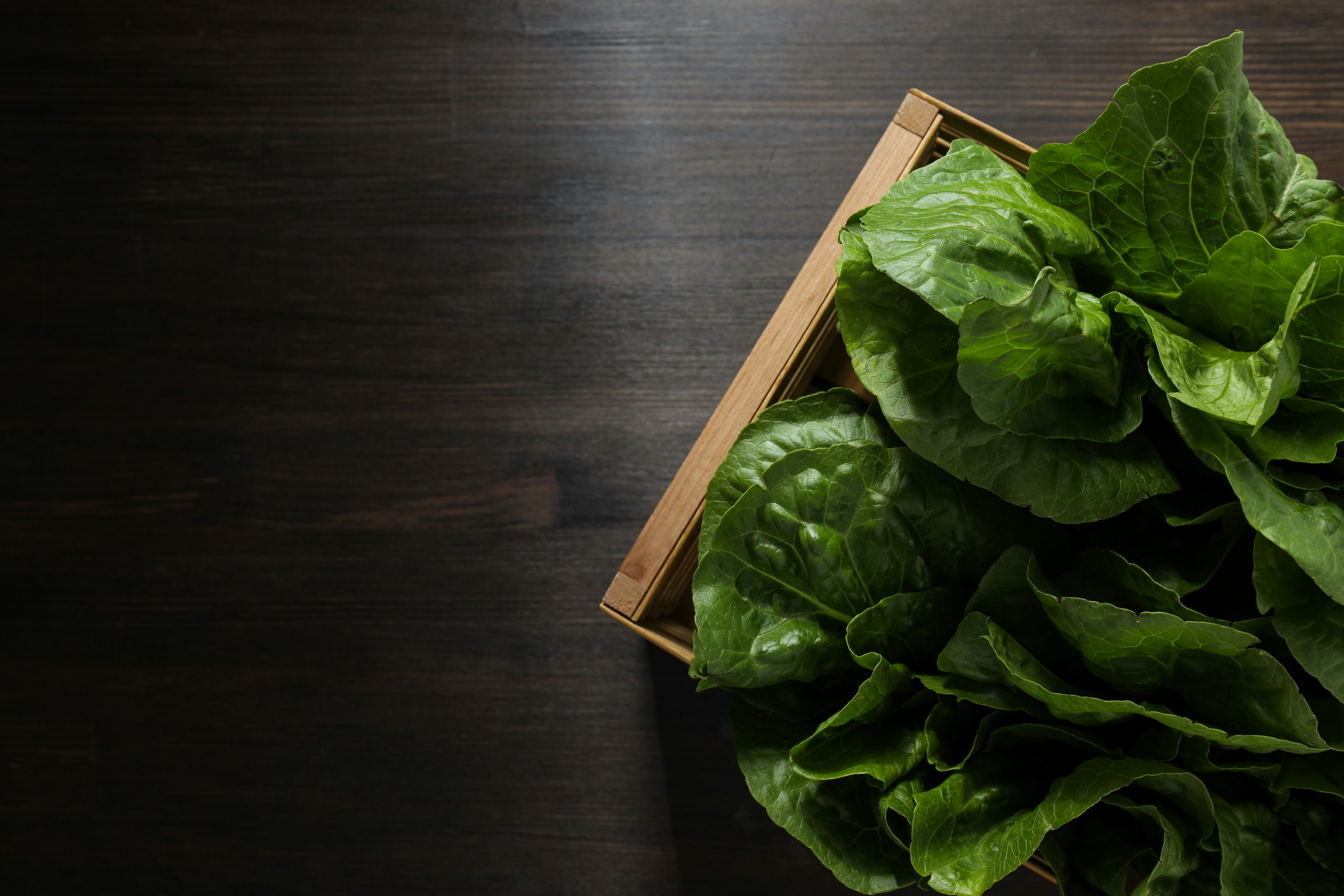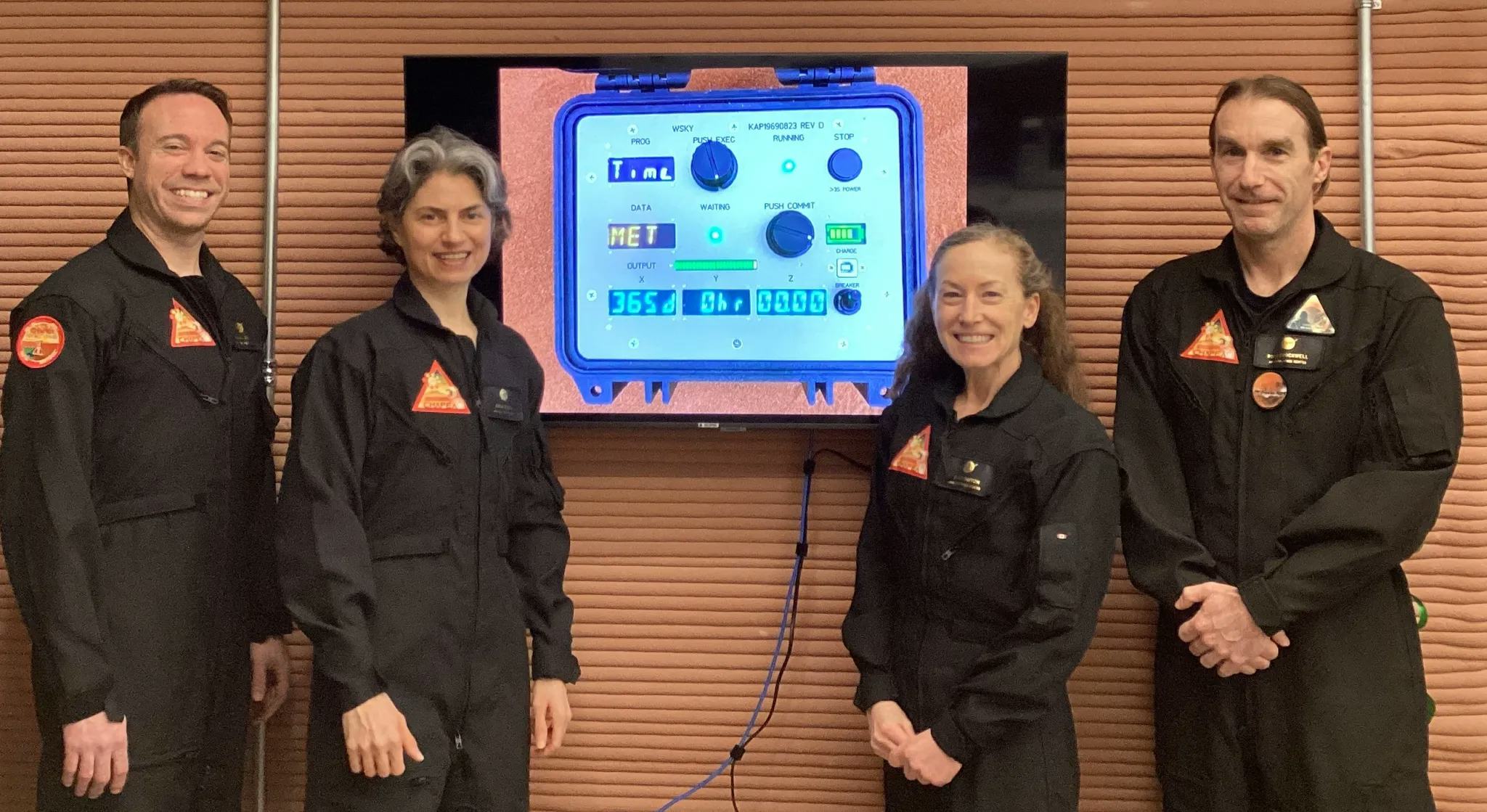
Four volunteers sacrificed a year of their lives to investigate how a commonly-overlooked item found in our homes will be critical to surviving on Mars. They learned that on Mars, the lettuce that gets forgotten in our refrigerators would be a treasure.
On Saturday, the 378-day Mars analog mission Crew Health and Performance Exploration Analog (CHAPEA) 1 came to an end. Its four crew members lived inside a 1,700 square foot habitat to mimic what life on Mars might be like. They communicated to the outside world with 22-minute delays, like those regularly occurring between NASA and its spacecraft at the Red Planet. They endured isolation from their loved ones. They also grew and harvested their own vegetables.
“A healthy, nutritious diet is essential for long-duration exploration missions, which means that the typical pre-packaged astronaut diet may need to be supplemented by fresh foods during flight,” NASA officials said in a recent press release about the yearlong project.

For astronauts on long-duration missions, fresh harvest has several benefits. The first is, of course, nutrition, but the second is emotion. Palatable food feels good. It would “enhance the dietary experience and living experience as well,” NASA added.
It’s also great for logistics. Bio-regeneration would reduce the mass of a spacecraft at launch. That’s essential for missions that would last months or years. CHAPEA 1’s habitat was 3D printed, another potential attribute for a Mars trip that would reduce bulk at launch.
The results from CHAPEA 1 and the program’s two missions planned for the future “will allow NASA to characterize the risk of the planned exploration food system design in relation to crew health and performance,” according to NASA.
Getting to Mars will be a hypercomplex orchestration. Fresh food is just one component. But as humanity steps into the next generation of advanced technology, it’s good to know that the evergreen act of gardening will stick around.







